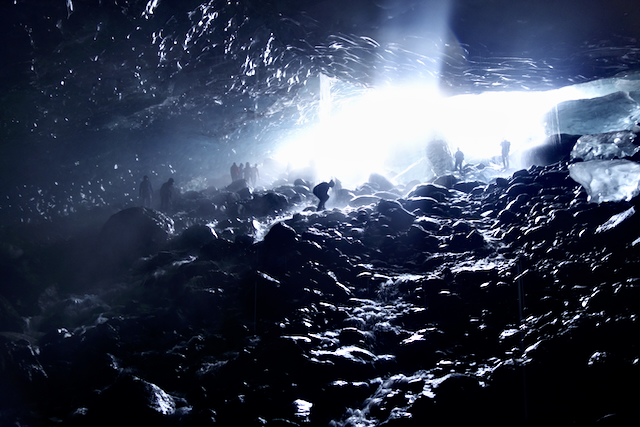
Changing Glacier Erosion and Sediment Transport in Greenland
The project aims to understand changes to glacier erosion and sediment transport that may have occurred from the Greenland Ice Sheet in response to recent changes to the ice dynamics. To better, understand the potential changes to the ice sheet, we aim to collect records of sediment transport from the ice sheet, either from sediment cores or river gauging. We hope that by relating these records to observed changes in glacier dynamics, we can understand the cause of any changes and what may be expected. An SNSF Ambizione project funds this research.

Numerical Model Development
We believe that much can be gained by developing methods that quantify sediment transport and erosion processes. For us, this usually means working with the SUbGlacial SEdiment Transport model. Please contact us if you are curious about SUGSET or its application.

Advancing the understanding of glacial erosion and retreat through robot sediment sampling in subglacial streams
The subglacial environment can be very hard to access and observe. As a result, robots that can move through subglacial streams could be a great way to collect unique datasets and understand these systems better. We are working with Josie Huges and Max Polzin at the EPFL CREATE Lab as they develop a robot with such capacities. This work is funded by a CLIMACT Starting Grant

Numerical Experiments of Glacier Erosion and Sediment Transport
Many aspects of glacier erosion and sediment transport occur in places where we cannot see them (under glaciers) and over timescales where we cannot observe and monitor them (many seasons or thousands of years). As a result, experiments with numerical models provide us with a laboratory to test our ideas and understand these systems better. We have worked on understanding erosion over the last glaciation and tried to understand the differences in erosional processes between debris-covered and clean glaciers.
Sediment Transport in the Watson River
One question we wonder about is: what happens to the sediment once it leaves the glacier? what if this glacier is the Greenland Ice Sheet with large quantities of water discharge? To answer this, we deployed some instruments along the Watson River in Southwestern Greenland to understand the amount of sediment transferred through the river system fed by the glacier. This project is funded by the Swiss Polar Institute’s Polar Access Fund.